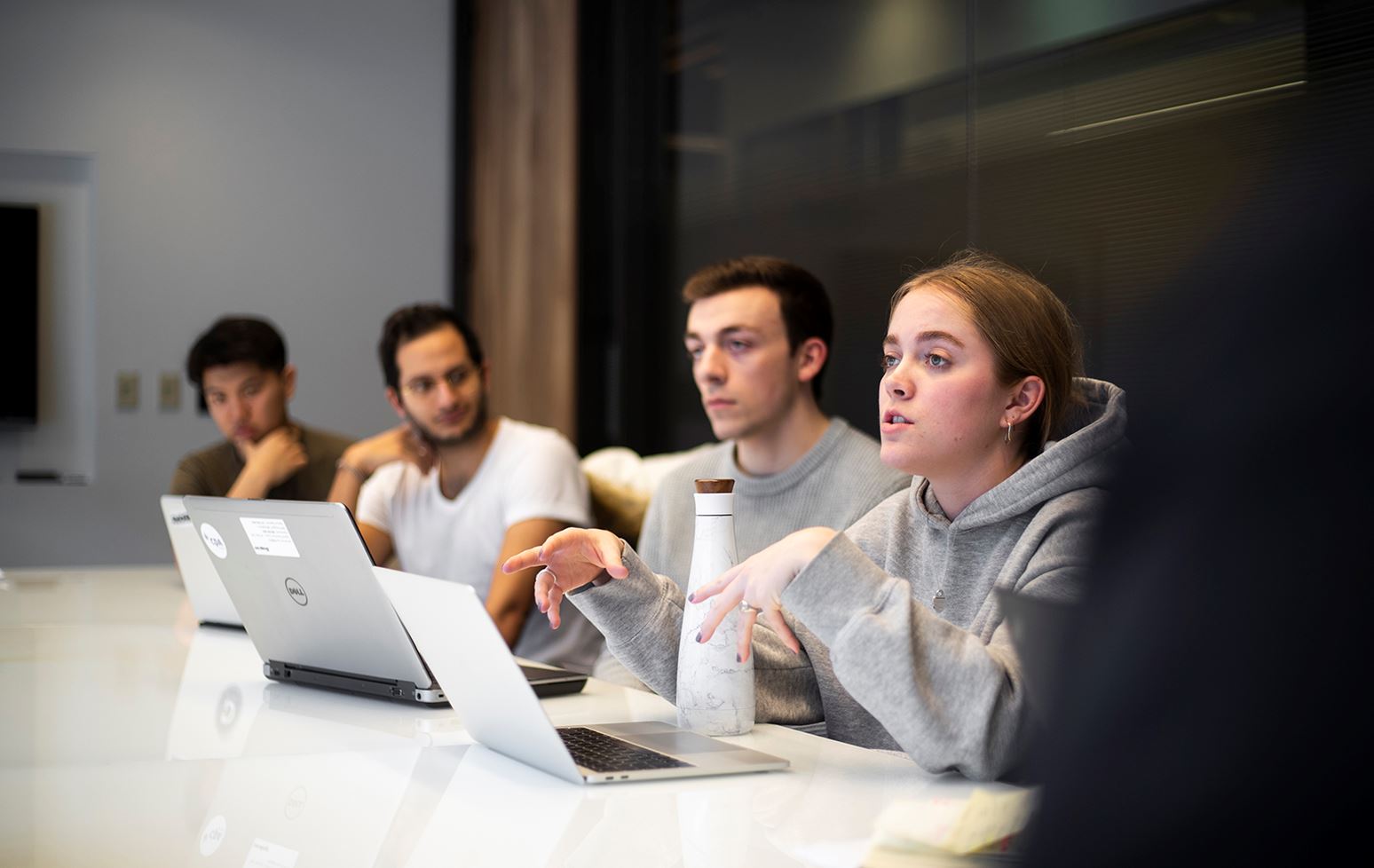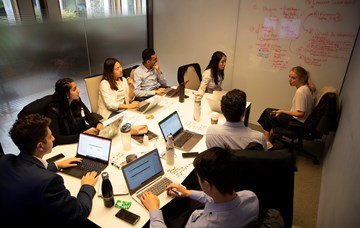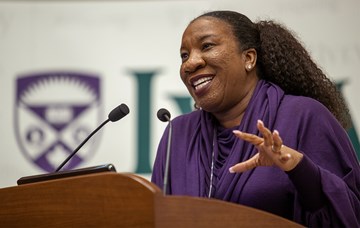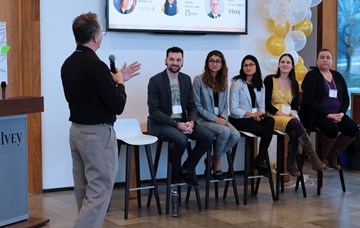Today is day two of the 2020 Ivey Design Project, a week-long immersive experience that challenges HBA1 students to find ways to improve campus life at Western University. Each day has a different focus and a new key learning. Here’s a look at day two from the perspective of faculty and students.
DAY TWO
The faculty perspective – What did the students do today and why is it important?
Teams were urged to understand the world from the perspective of their particular “persona,” getting a feel for the issues or pain points their personas may face. Students started to put some flesh on the bones of their design project skeleton.
Janice Byrne, Assistant Professor of Entrepreneurship, says, in completing this step, students had to move out of their comfort zone, get out there, and see the world through another person's eyes.
“The students use their best practice interview and intercept skills to gain insights into their selected persona’s experience of campus life. They then take this input and put their knowledge of what makes a ‘good’ problem statement into action. Teams are pushed to succinctly codify problems as believable, compelling, and with a clear root cause,” she said.
The student perspective – What did you do today and what was the key takeaway?
We learned how to define a problem and the key components of a problem statement. We also dove in deeper on our personas. It was a great opportunity to learn more about our personas and their problems so we can start thinking about how we can actually help them.
“It was exciting to work on an issue that none of us had a lot of personal experience with. To understand the problem, we had to work on seeing it through a different lens.”
– Jesse Zender
“We talked about what a persona is and how we can develop a problem statement that doesn’t box us in too much, but isn’t too general. We had some good conversations, and I think we got to know each other better even outside of the project.”
– Anise Che



